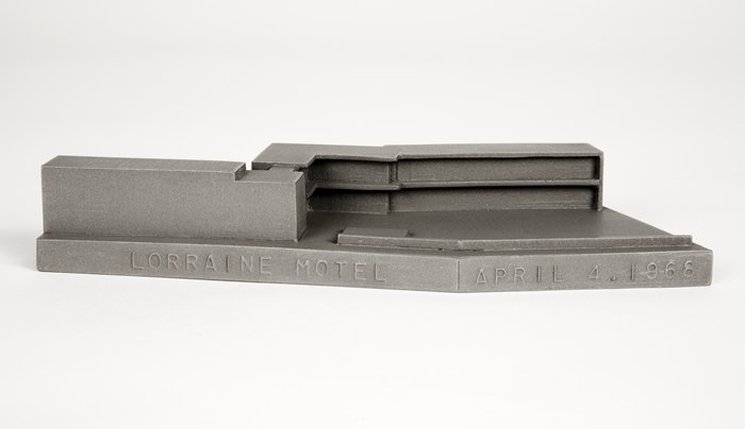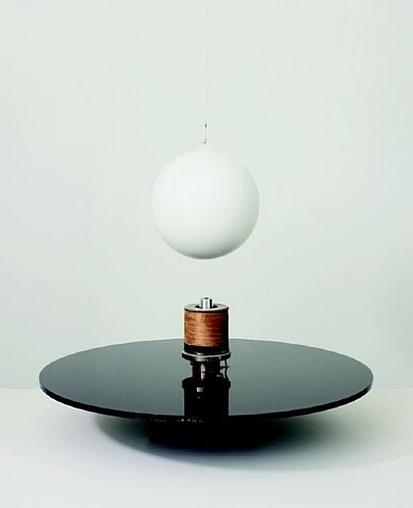| In 1986, Constantin Boym founded Boym Partners Inc. in New York City. His studio’s designs, many of which are produced in partnership with his wife, Laurene, include tableware for Alessi and Authentics, watches for Swatch, lighting for Flos, showrooms and retail displays for Vitra and exhibition installations for many American museums. Objects designed by Boym Partners are included in the permanent collection of the Museum of Modern Art in New York. In 2009, the Boyms won the National Design Award for product design. Recently, Constantin Boym was named director of graduate studies at Virginia Commonwealth University in Qatar. http://designobserver.com/profile.php?id=234&name=ConstantinBoym "The end of a century has always been a special moment in human history. While we no longer expect the world to come to an end, we all still share a particular mood of introspection, a desire to look back and to draw comparisons, and a sense of closure and faint hope. Above all, the end of the century is about memory. We think that souvenirs are important cultural objects which can store and communicate memories, emotions and desires. Buildings of Disaster are miniature replicas of famous structures where some tragic or terrible events happened to take place. Some of these buildings may have been prized architectural landmarks, others, non-descript, anonymous structures. But disaster changes everything. The images of burning or exploded buildings make a different, populist history of architecture, one based on emotional involvement rather than on scholarly appreciation. In our media-saturated time, the world disasters stand as people's measure of history, and the sites of tragic events often become involuntary tourist destinations. http://www.moss.coresense.com/product-exec/product_id/44052/category_id/257 | |
|
0 Comments
|

